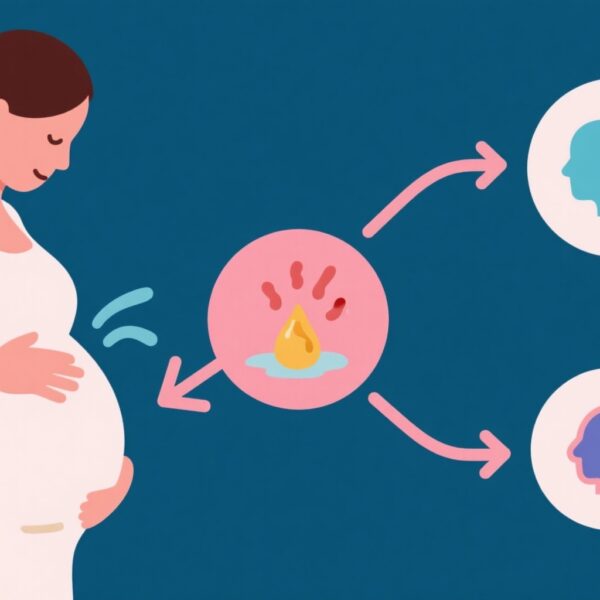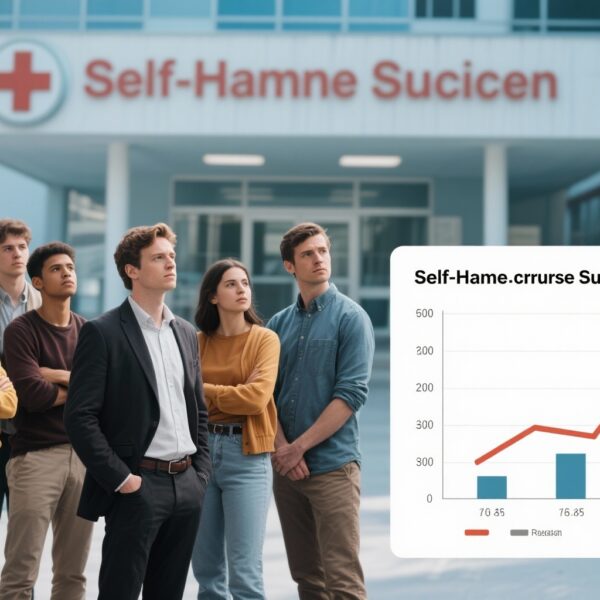Introduction
The advent of targeted therapies has significantly advanced the management of hormone receptor-positive, HER2-negative breast cancer. Cyclin-dependent kinase 4/6 (CDK4/6) inhibitors such as abemaciclib and ribociclib have demonstrated efficacy in advanced settings, prompting investigations into their potential as adjuvant therapies for high-risk early breast cancer. However, the real-world prevalence and prognosis of patients eligible for these agents remain insufficiently characterized.
This landmark nationwide study from Sweden provides a comprehensive overview of the population of early breast cancer patients who meet the eligibility criteria for adjuvant CDK4/6 inhibitors, assessing their long-term survival outcomes and comparing clinical routine data with those from pivotal clinical trials.
Study Design and Methods
This retrospective cohort study leveraged the Swedish National Breast Cancer Registry, which prospectively collects data on all breast cancer cases diagnosed since 2007. The study population comprised 52,602 women diagnosed with estrogen receptor (ER)-positive, HER2-negative breast cancer between 2007 and 2023.
Eligibility for adjuvant CDK4/6 inhibitors was assessed based on criteria adapted from the monarchE and NATALEE trials, which include high-risk features such as lymph node involvement, tumor size, grade, and proliferation markers, among others. Patients were categorized into four groups: those meeting both trial criteria, those meeting only NATALEE criteria, only monarchE criteria, or none.
The primary endpoint was overall survival (OS), with median follow-up of nearly 7 years. Additionally, the study compared distant relapse-free survival outcomes between a subset treated within the Stockholm-Gotland region from 2012-2020 and patients enrolled in the phase 3 PANTHER trial, before and after alignment of key inclusion criteria.
Key Findings
Out of the entire cohort, 18.2% (9553 patients) fulfilled both monarchE and NATALEE criteria, indicating a substantial subset of early breast cancer patients potentially eligible for adjuvant CDK4/6 inhibition. An additional 18.6% (9800 patients) met only NATALEE criteria, while 1.4% (745 patients) were eligible solely under monarchE criteria.
The median follow-up was 6.87 years. The 10-year OS rates revealed notable differences: patients eligible under monarchE criteria had a 65.7% survival, whereas those meeting only NATALEE criteria had a 70.2% survival. Non-eligible patients exhibited higher survival rates at 84.0%. Interestingly, patients fulfilling the criteria for both studies had a 64.3% survival, emphasizing their high-risk profile.
Comparative analysis with the PANTHER trial demonstrated initially improved outcomes for patients treated within routine clinical practice compared to trial participants. However, these disparities diminished after aligning inclusion criteria, indicating that differences in patient selection largely contributed to outcome variations.
Discussion
This study offers several valuable insights. First, a significant portion of early breast cancer patients in Sweden are potentially eligible for adjuvant CDK4/6 inhibitors, which emphasizes the need for clinicians to identify high-risk individuals accurately. Second, the prognosis of these high-risk patients is substantially worse than those not meeting eligibility, supporting the rationale for intensified adjuvant therapy.
The comparison with the PANTHER trial underscores the importance of standardizing patient selection criteria when translating clinical trial findings into practice. The convergence in outcomes after alignment of inclusion criteria suggests that real-world practice can produce comparable results when similar patient populations are involved.
Limitations include the retrospective design and potential discrepancies in diagnostic or treatment practices over time. Nevertheless, the nationwide scope enhances the generalizability of these findings.
Conclusion
This comprehensive population-based study delineates the prevalence and prognosis of breast cancer patients eligible for adjuvant CDK4/6 inhibitors, providing critical data for optimizing treatment strategies. As further evidence emerges, integration of such targeted therapies in routine clinical pathways could improve long-term outcomes in high-risk early breast cancer.
Funding for this study was provided by Cancerfonden, Bröstcancerförbundet, Radiumhemmets Forskningsfonder, Amgen, Roche, and Sanofi-Aventis.
References:
1. Liu X, Binicy B, Acs B, et al. Prevalence and prognosis of patients with breast cancer eligible for adjuvant abemaciclib or ribociclib: a nationwide population-based study. Lancet Reg Health Eur. 2025;59:101471.
2. National Comprehensive Cancer Network (NCCN) Guidelines for Breast Cancer Version 5.2023.
3. Goetz MP, Toledano A, Kuter I, et al. Chapter 1: Advances in targeted therapy for early breast cancer. Breast Cancer Res Treat. 2021;188(3):448-460.



